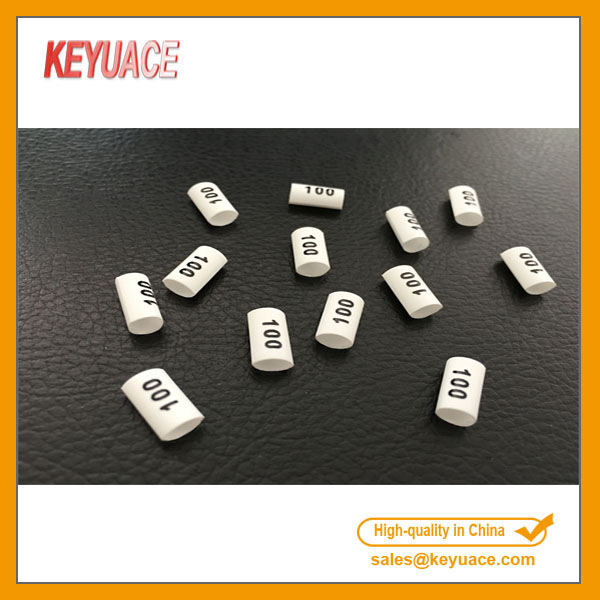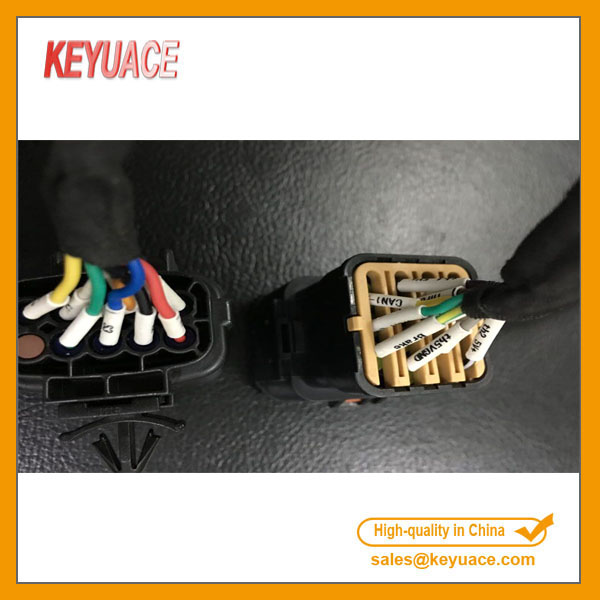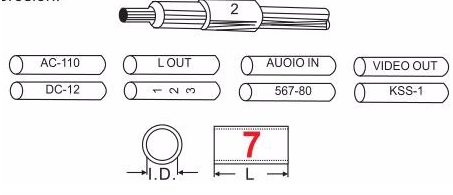The world gold deposits are more complicated according to their genetic types. One of the schemes for the genetic type of Chinese gold deposits is one of the nine categories and twenty-two sub-categories. This paper only roughly classifies the gold deposits and introduces the representative mines. First, the gold deposit. Before the turn of the century, most of the world's gold production was collected from sand gold mines. But by the turn of the century, the rich sand mines of the major gold-producing countries in the West were depleted, and the gold produced from sand mines continued to decrease. By the 1920s, gold from sand mines could only account for about 10% of the world's total annual output. Later, in the extensive application of mechanized mining equipment such as gold mining vessels, and the commissioning of some large sand mines such as the former Soviet Union, the gold produced from sand mines gradually rose to 20%. According to its ore-forming characteristics and distribution locations, the world-famous gold deposits have residual sand deposits such as Kalgoorlie, Australia, riverbed sandstones in the Heilongjiang River Basin in China and California, and terraced sand deposits in the Hanjiang River Basin in China. The coastal sand mines in the Alaska and China's Shandong Peninsula, as well as the Binhu sand mines in the Yiyang area of ​​China. 2. Metamorphic gold-bearing conglomerate deposits. The Witwatersrand Goldfield in South Africa is a world-famous metamorphic gold-bearing conglomerate deposit located in the provinces of Trans-Tulwa and Orange Freedom, with a distribution area of ​​several thousand square kilometers. Gold ore to gold-bearing quartz veins and conglomerates mainly associated minerals as pyrite and other sulfides, some gold mining and symbiotic valuable minerals as well as uraninite and pitchblende thorium ore and precious stones. In the 85 years of 1971, a total of 3.073 billion tons of ore was produced, producing 30,136 tons of pure gold and 9.81 g of gold per ton of ore. 3. Various hydrothermal deposits constructed of gold-toxic sand-sulphide-silver. These ore deposits have different ore-forming conditions and diverse structures. They are widely distributed in various parts of the world and in various geological time. They are the most widely distributed in the Cambrian metamorphic rocks, and are high-, medium-, and low-temperature hydrothermal primary deposits. It is an important deposit for the production of gold and silver in most countries of the world. The famous large deposits in this type of deposit include the high-temperature hydrothermal gold-toxic sand deposits of the former Soviet Union Ural and the Indian Corral, and the medium-temperature heats of the former Soviet Union, such as ДараÑунÑкий and the Canadian Yellowknife. Liquid gold-sulfide polymetallic deposits, as well as low temperature hydrothermal gold-silver deposits such as Pachuca in Mexico and Homestake in the United States. 4. Sedimentary metamorphic gold deposits. Such deposits are also distributed in some countries, with the Uzbek MypyHTay deposit being the largest and the annual gold production has reached 80t. In the former Soviet Union, the world's largest cyanide-resin ore paddle gold extraction plant was built in the mine. It provided a successful experience in the use of resin adsorption gold and gold-loaded thiourea desorption gold extraction process from cyanide pulp. . 5. Symbiotic gold in non-ferrous heavy metal deposits such as copper, lead, zinc and nickel. Such deposits are widely distributed in the world, and gold is mainly symbiotic with their sulfide minerals or embedded in pyrite and pyrrhotite. In the oxidized or iron caps of these deposits, gold is dissociated into monomers. According to statistics, in the proven gold reserves in recent years, the deposits of gold in these deposits account for about 15% to 20%. And some deposits have a total mining value because their towels contain some gold. Such deposits have Outokumpu (of Outokumpu) volcanic copper ore, Papua New Guinea Panguna (Panguna) porphyry copper, copper deposition Australian Olympic Dam uranium, U.S. Bingham (Binngham) porphyry copper-molybdenum mine, China Jinchuan copper-nickel mine and gold quartz veins in western Henan lead ore,俄罗斯诺里尔Gdansk (ÐорильÑкий) volcanic polymetallic mine in Peru and central mountain skarn polymetallic ore. Sixth, hydrothermal deterioration or contact with the copper-iron deposit. Many hydrothermal metamorphosed and contacted skarn-type copper-iron deposits also contain higher gold. For example, in the copper-iron deposits in the middle and lower reaches of the Yangtze River in China, gold and copper sulphide coexist in magnetite, which can be separated by preferential flotation and magnetic separation.
Popular product factory wholesale special design cable Marking Tubing wholesale price
Product description:
Popular product factory wholesale special design cable marking tubing wholesale price is made of Soft durable PVC material, Slected Material cable marking tubing is resist oil, grease and other material erosion. O type cable route marker, cable marker tube, wire marker is design of the inside tube can maintain it's shape and don't twist, it's suitable for typing machine. Can print what you want. O type plastic cable marker tube, the inside is hollow, but elastic, the diameter can change with the need wire.
It has advantage for Resist oil, grease and other material erosion.
Certificate: SGS,RoHS,CE
Marking Sleeves,Marking Tubing,Heat Shrink Tubing Labels KEYUACE Materials Co., Ltd. , https://www.insulationtubing.com
Delivery time: 3-15days (Depend on your order quantity) after confirm order.
Payment terms: T/T,Western Union,L/C ,PayPal
Color: White
Product Pictures:


